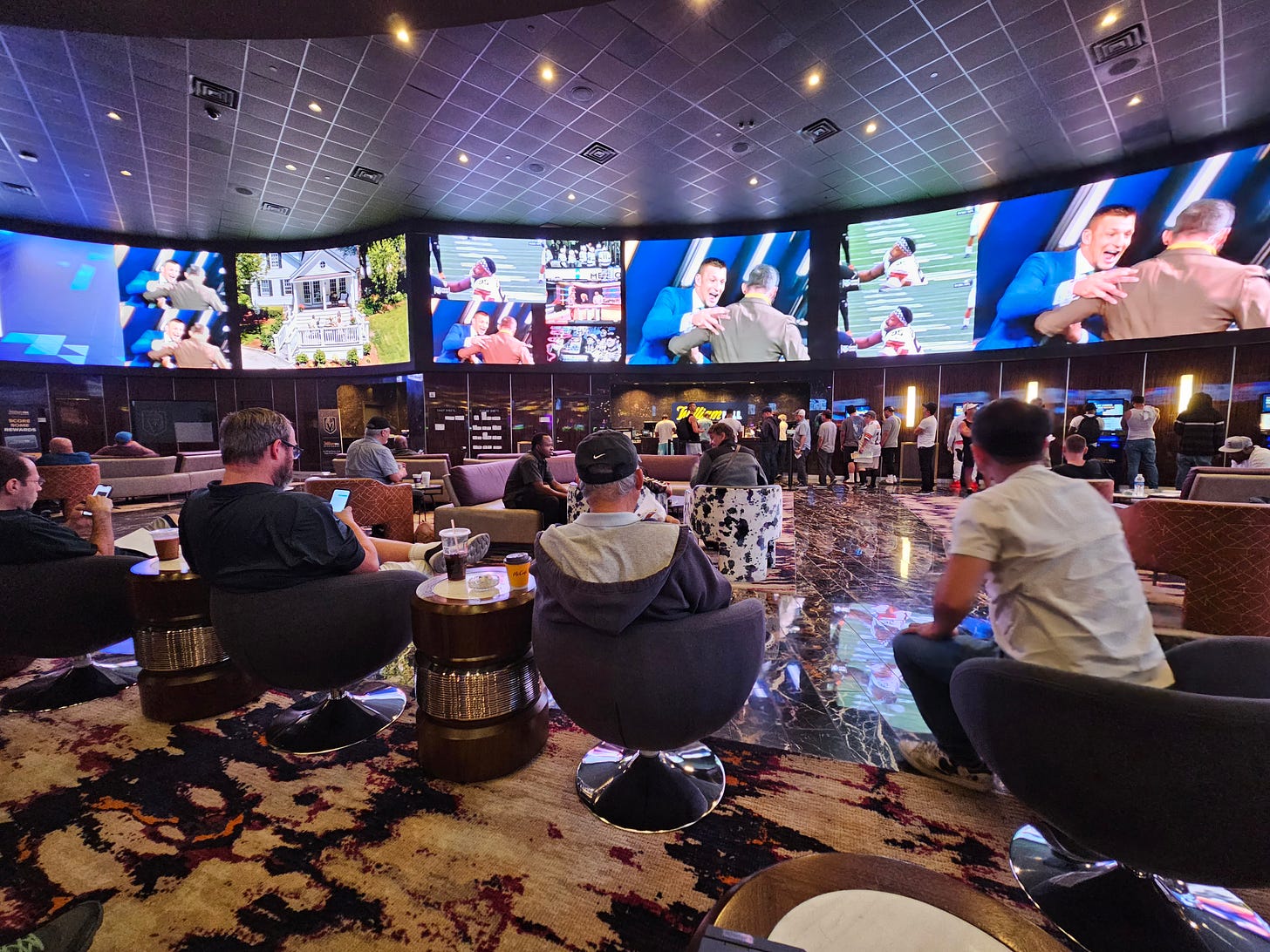How Often Do Betting Markets Get Free Agent Signings Right?
The time-honored tradition of sportsbooks using free agency odds as a method of promoting their product has produced contradictory odds for Kirk Cousins. How often do they really get it correct?
It seems as if no one has any clue what will happen with Kirk Cousins or the Vikings quarterback position. Poised to be a free agent shortly after the deadline to declare franchise tags, Cousins is apparently in a seller’s market.
The threads connecting Cousins to specific teams seem to be tenuous, however. According to MinnesotaBets, the Vikings are the favorites at +150 – an implied probability of 40.0 percent. The Falcons are next at +600, or 14.3 percent.
But bookies.com has the Washington Commanders as the favorites at +400, or 20.0 percent. And DraftKings has the Vikings as favorites at a much more favorable -200 line – 66.7 percent. BetOnline, however, has Minnesota at +600, or 14.3 percent. They favor the Raiders at +400.
Across the books, who posted their lines between late January and just a few days ago, the average “implied probability” for the Vikings to re-sign Cousins lands at about 35 percent. These implied probabilities across all teams for each book add up to more than 100 percent, which is standard for betting markets – especially for player movement props.
Watch the Juice
The vig or “juice” on player movement prop bets is notoriously bad for gamblers. In the highly calibrated and competitive market for game odds, a 50-50 shot is represented as a -110 bet, meaning that a bettor would have to gamble $110 dollars in order to return $100 on a won bet. That means if they bet both sides of the 50/50 moneyline, they would spend $200 and return $190.91, a 4.5 percent loss.
That is the house’s take – it’s how sportsbooks make money. The individual game odds are generally the lowest “price” a bettor has to pay in order to lay down money, the most efficient market sportsbooks have to offer. On the other end of the spectrum is the player movement market. Typically, the average return to the bettor is 70 percent instead of 95.5 percent.
Here’s another way to put it – if a bettor put down $100 on every single team listed by a book for a player’s next move, they would earn $70 on average.
This is in large part because sportsbooks do not know anything about a player’s next team, so they’re protecting themselves with these high margins. On top of that, they set limits on the maximum amount to be bet – also suggesting that they honestly do not have any idea what will happen and do not want to expose themselves to significant liability.
We can test this. I grabbed player movement odds through 2020, primarily using promotional emails I received from sportsbooks hoping I’d advertise their agency by sharing their odds. This gave me a surprisingly robust database of players to work with from a variety of books. After all, once a sports journalist is in the PR mailing list, there’s no reason to remove them from that list.
Keep reading with a 7-day free trial
Subscribe to Wide Left to keep reading this post and get 7 days of free access to the full post archives.




